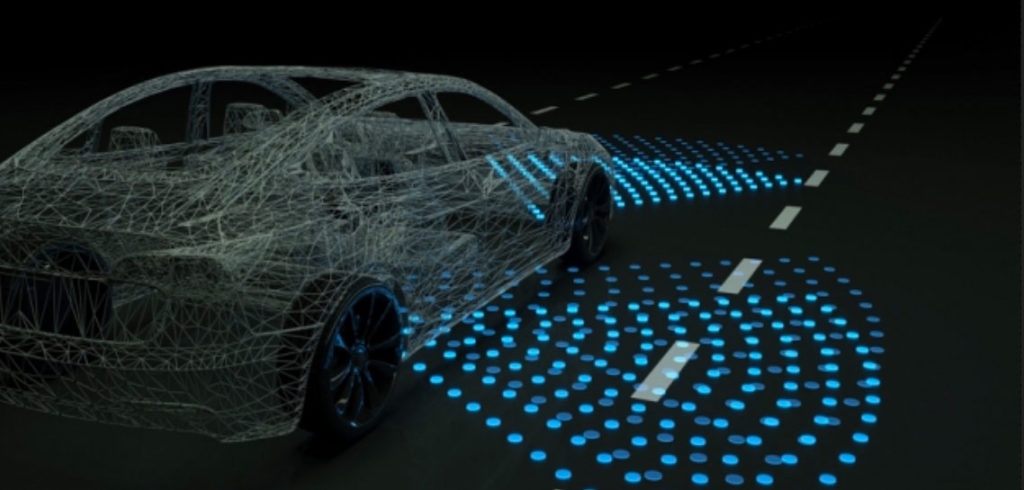Researchers at the Massachusetts Institute of Technology have invented a simulation system to train driverless cars before they hit the road.
The system uses a photo-realistic world with infinite steering possibilities to help the cars learn to navigate a host of scenarios.
Autonomous vehicle control systems largely rely on real-world datasets from human drivers to emulate safe steering controls.
Some computer programs called ‘simulation engines’ aim to imitate hazards such as nearly crashing by rendering detailed virtual roads, but learned control from simulation has never transferred into reality on a full-scale vehicle.
The MIT researchers developed the Virtual Image Synthesis and Transformation for Autonomy (VISTA) simulator.
Using a small dataset captured by human driving on a road, it synthesizes new viewpoints from trajectories that the vehicle could take.
The controller is rewarded for the distance covered without crashing so it learns to reach a destination safely.
The vehicle will learn to safely navigate any situation it encounters including regaining control after swerving between lanes or recovering from near misses.
Alexander Amini, a Ph.D. student in the Computer Science and Artificial Intelligence Laboratory, said, “It’s tough to collect data in these edge-cases that humans don’t experience on the road. In our simulation, however, control systems can experience those situations, learn for themselves to recover from them, and remain robust when deployed onto vehicles in the real world.”


